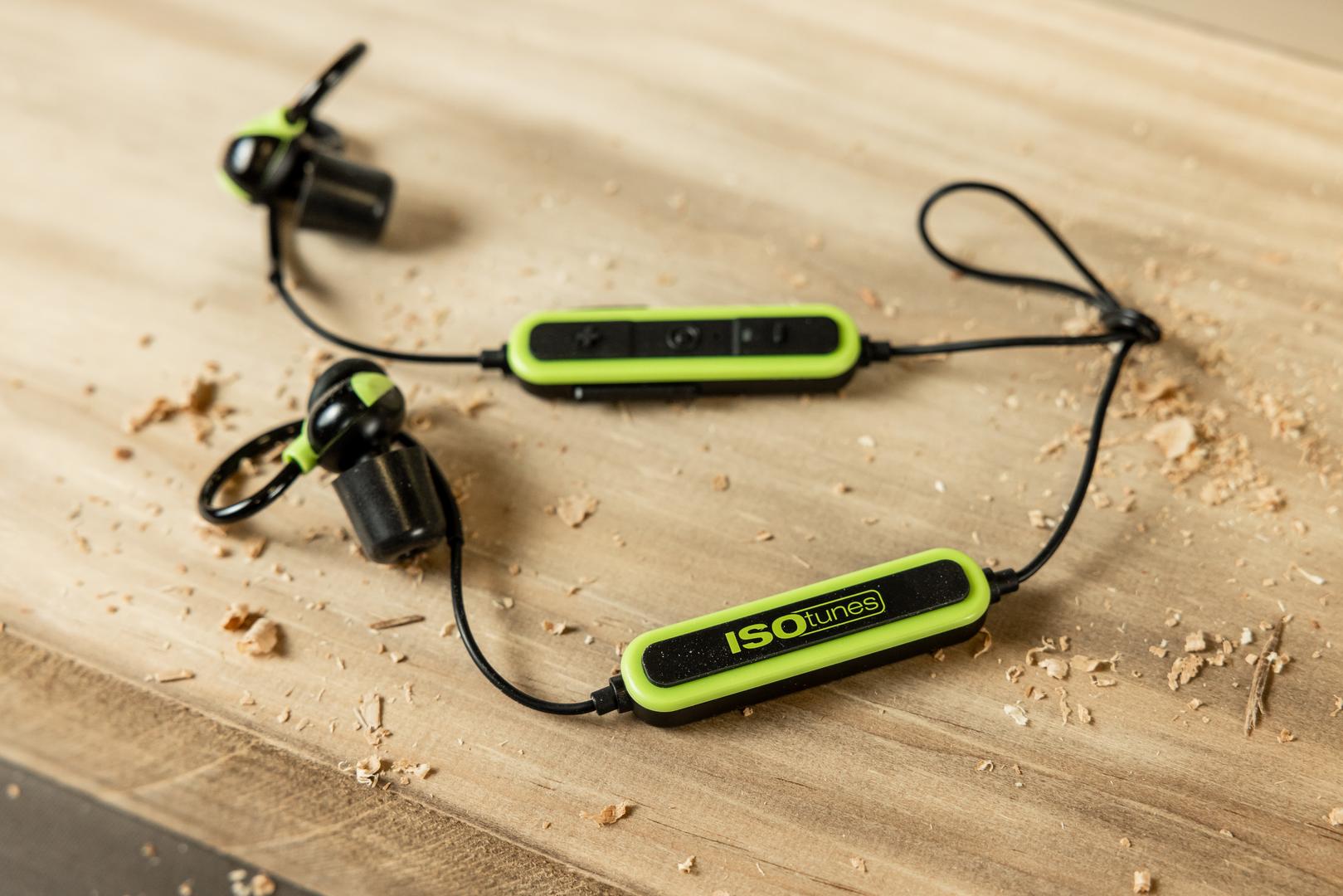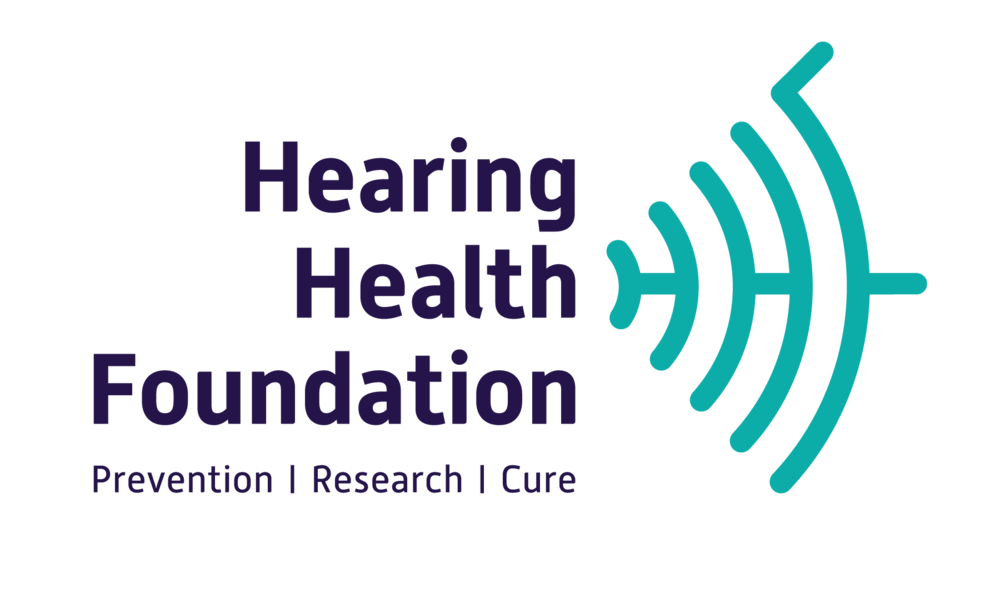Noise cancellation technology has revolutionized how we experience sound, whether it's for work, travel, or leisure. Two key types of noise cancellation—active noise canceling (ANC) and passive noise canceling (PNC)—offer unique advantages by reducing unwanted noise through distinct methods. Understanding the difference between these two can help you make an informed choice based on your needs.
Passive Noise Canceling
Passive noise canceling, often called noise isolation, relies on physical barriers to block sound. Devices with PNC use materials like cushioned ear cups, dense foam, or snug-fitting earbud tips to create a seal that limits external noise from reaching your ears.
For example, over-ear headphones with thick padding and tight seals effectively reduce mid- to high-frequency sounds, such as conversations, power tools, or lawn care equipment. Similarly, in-ear earbuds that fit deeply into the ear canal form a natural barrier against external noise.
Passive noise canceling works without needing electronics or power, making it reliable, simple to use, and often more affordable. Additionally, many passive noise-canceling devices meet OSHA compliance standards for workplace hearing protection, offering a safe and regulated way to guard against harmful noise levels. While it is less effective at reducing low-frequency sounds—such as distant engine rumbles or air conditioning hums—it excels at managing sharper, higher-frequency noises. Its strength lies in its consistency and practicality, especially for environments where simplicity is key.
All ISOtunes® products feature OSHA-compliant passive noise cancellation. Some best-sellers include: PRO 3.0, FREE 2.0, and LINK 2.0.
Active Noise Canceling
Active noise canceling reduces noise through advanced technology. Using built-in microphones, ANC devices detect ambient sound and create an "anti-noise" signal that neutralizes it. This approach is particularly effective for reducing consistent low-frequency sounds, such as the hum of an airplane engine, the rumble of a train, or air conditioning systems.
ANC works well in environments with persistent, droning noises, making it a popular choice for travelers or office workers. However, it requires power to function, so ANC devices rely on batteries or charging. Additionally, ANC works best when combined with some level of passive noise canceling, as the physical design of the device still plays a role in blocking higher-frequency sounds. However, unlike passive noise canceling, ANC does not meet OSHA compliance standards for workplace hearing protection, as it does not provide the consistent and reliable noise reduction required for occupational safety. For detailed regulatory standards, visit the official OSHA website and ANSI S3.19-1974 standards.
Many people confuse ANC with electronic hearing protection, but their purpose and functionality differ. While ANC is designed to reduce background noise for comfort or convenience, electronic hearing protection is built to protect against harmful noise levels in work environments and outdoor activities. Electronic hearing protection, like that in our Aware™ collection and ISOtunes® Sport line, features technology that allows users to hear ambient sounds at a safe volume while still protecting against harmful noise levels. This technology uses advanced microphones to amplify low-level sounds, so you can hear conversation and important environmental cues without sacrificing hearing protection.
Key Differences
The main difference between passive and active noise canceling lies in their methods: passive noise canceling relies on physical design to block sound, while active noise canceling uses electronic processing to counteract it.
Both approaches have their strengths:
- Passive Noise Canceling is excellent for reducing higher-frequency noises and offers reliable performance without the need for power. Passive Noise Canceling is considered OSHA-compliant.
- Active Noise Canceling excels at managing low-frequency ambient sounds and works best in combination with passive elements for a well-rounded noise reduction experience. Active Noise Canceling alone is not considered OSHA-compliant.
Ultimately, the right choice depends on your environment, budget, and preferences. Both options can enhance your listening experience and provide hearing protection.



